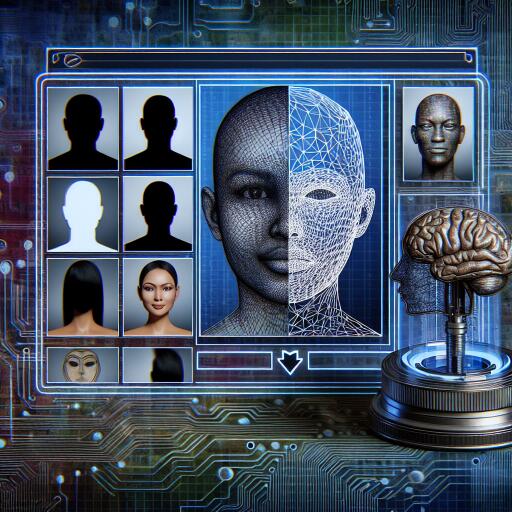Revolutionizing Identity Verification: The Role of Machine Learning in Facial Recognition Technology
As facial recognition technology becomes more integrated into our everyday lives, from unlocking smartphones to enhancing security protocols, the demand for unparalleled accuracy and reliability has never been higher. At the forefront of this technological evolution is the application of machine learning algorithms, which are dramatically enhancing the precision and effectiveness of facial recognition systems. This article delves into how these algorithms are shaping the future of facial recognition technology across various sectors, including security, retail, and healthcare.
Understanding Machine Learning and Its Impact on Facial Recognition
Machine learning, a subset of artificial intelligence (AI), is the science of programming computers to learn from data. It allows algorithms to make predictions or decisions without being explicitly programmed to perform the task. This technology has seen a massive surge in applications, one of the most pivotal being in the development and improvement of facial recognition systems.
Facial recognition technology relies on identifying and verifying a person’s features from an image or video. It analyzes biometric data, focusing on the unique aspects of an individual’s face, to perform identification tasks. However, traditional facial recognition systems faced challenges, such as changes in lighting, varying angles, and alterations in appearance. Machine learning algorithms have become the cornerstone for overcoming these hurdles, enabling systems to adapt and learn from new data continuously.
Machine Learning: A Game Changer for Facial Recognition
At the heart of machine learning in facial recognition are neural networks, which mimic the human brain’s structure. These networks are trained using vast datasets of facial images, learning to recognize patterns and features critical for identification.
With each additional image processed, the algorithm’s ability to discern facial features in various conditions improves. This ongoing learning process is what equips machine learning-powered facial recognition systems with their robust accuracy. Advanced algorithms, such as Convolutional Neural Networks (CNNs), have been specifically developed for image processing tasks, further refining identification accuracy and efficiency.
The Multifaceted Applications of Facial Recognition Technology
The applications of machine learning in facial recognition are diverse and far-reaching. Law enforcement agencies leverage these technologies for suspect identification, drastically improving the speed and efficiency of criminal investigations. Meanwhile, in the commercial sector, retailers are utilizing facial recognition for personalized customer experiences, tailoring services and promotions to individual preferences detected through facial analysis.
Additionally, healthcare providers are exploring facial recognition’s potential for patient management and treatment personalization. A growing area of interest is the technology’s ability to detect early signs of ailments through facial cues, offering revolutionary approaches to diagnostic processes.
Ethical Considerations and Future Prospects
Despite the promising advancements brought about by machine learning algorithms in facial recognition technology, ethical considerations concerning privacy and data protection remain at the forefront of public discourse. The accuracy and bias of these systems, dependent on the data they’re trained on, have sparked debates on the potential for discriminatory practices and privacy infringement.
To mitigate these concerns, ongoing research and development are centered around creating more transparent, fair, and privacy-preserving machine learning models. Additionally, the introduction of clear regulatory frameworks and ethical guidelines is paramount to ensuring the responsible use of this technology.
Looking ahead, the possibilities for facial recognition technology are boundless. With continuous advancements in machine learning and AI, we can expect even more innovative applications to emerge, revolutionizing how we think about and interact with the world around us.
Conclusion
The integration of machine learning algorithms into facial recognition technology has marked a significant milestone in the evolution of biometric identification and verification. As these technologies continue to grow and adapt, they promise to deliver unparalleled accuracy and new applications across various sectors, reshaping our interaction with technology. However, the journey forward must be navigated with a keen awareness of the ethical implications, ensuring that as we embrace the future, we do so in a manner that respects individual privacy and promotes fair use.










